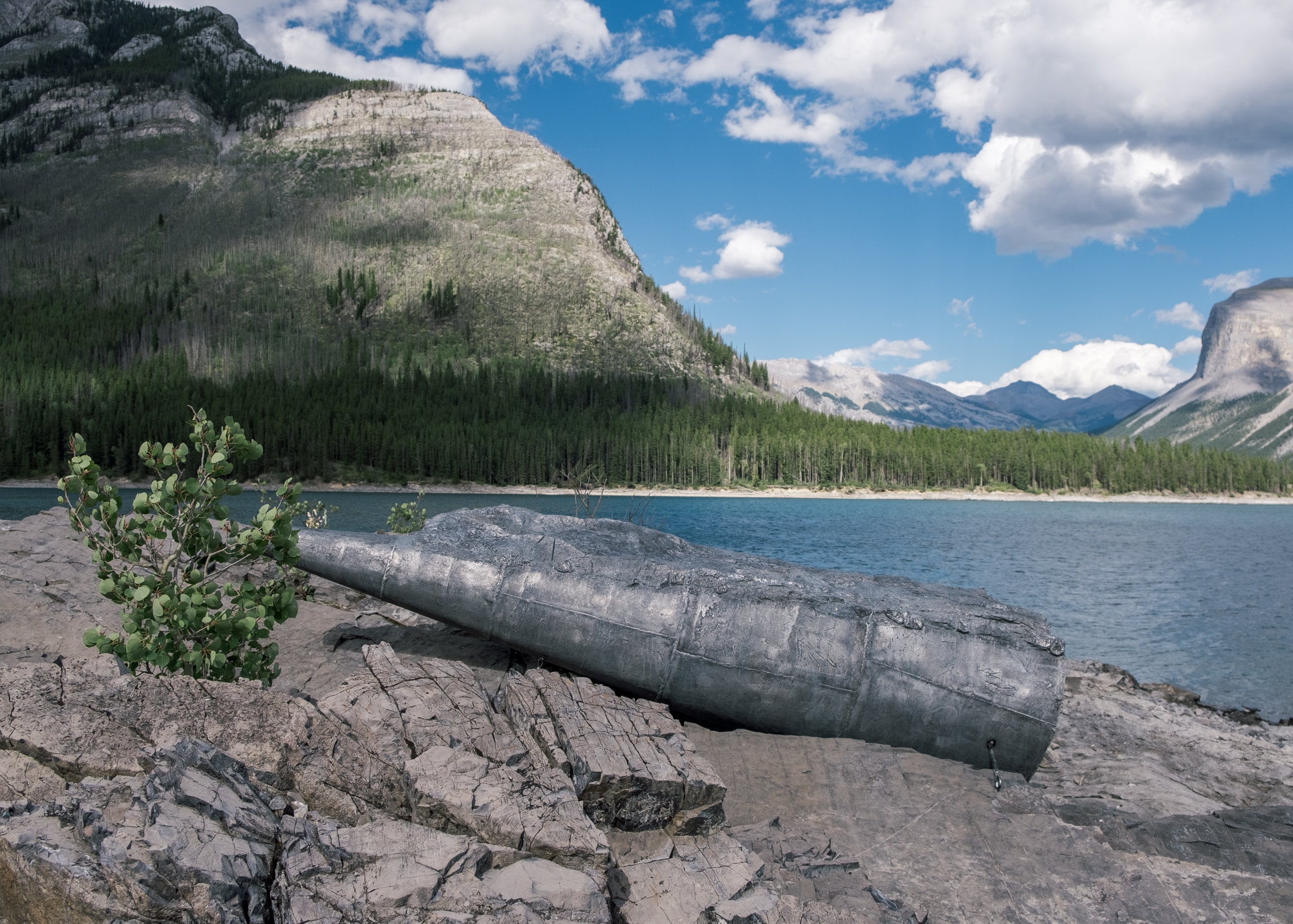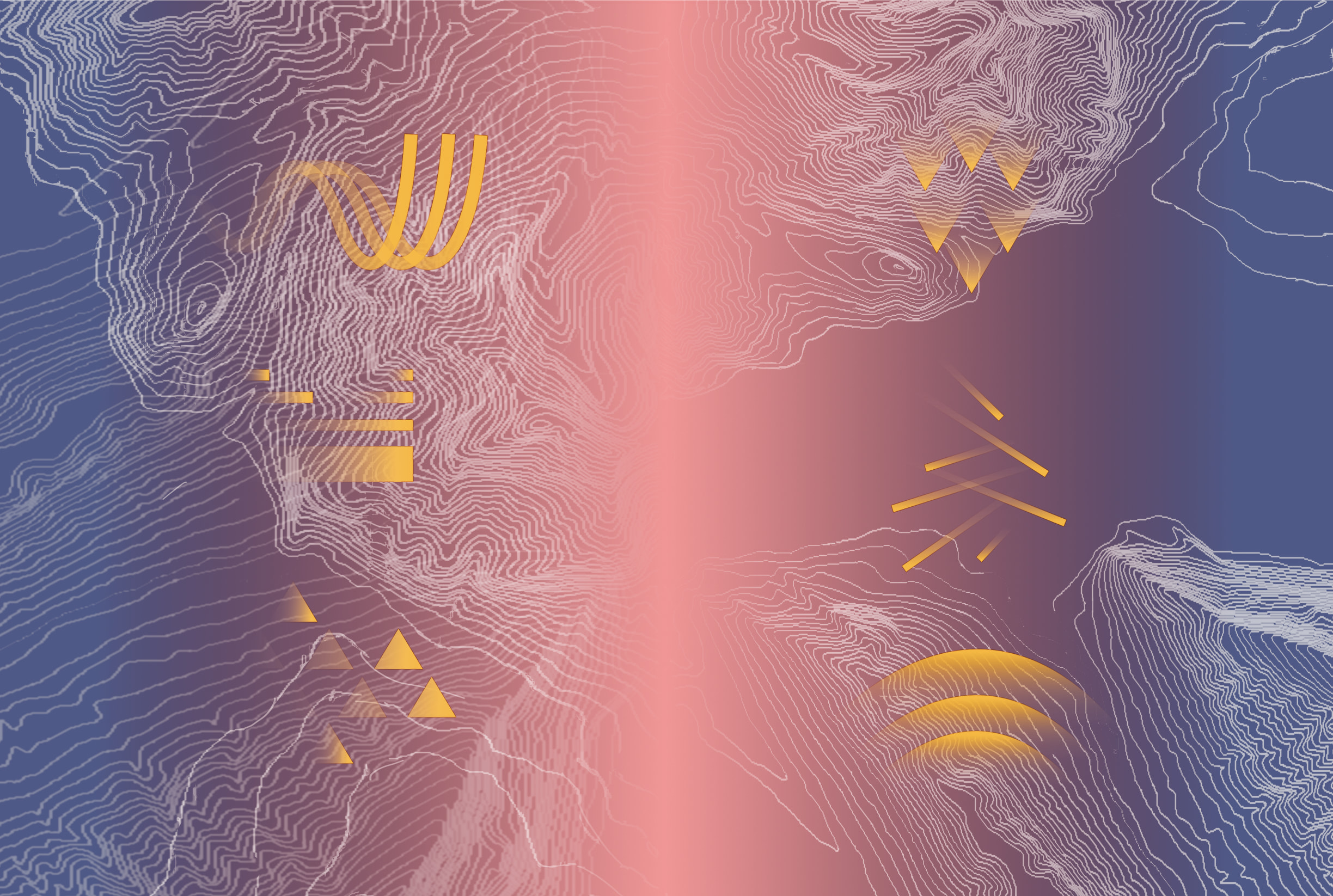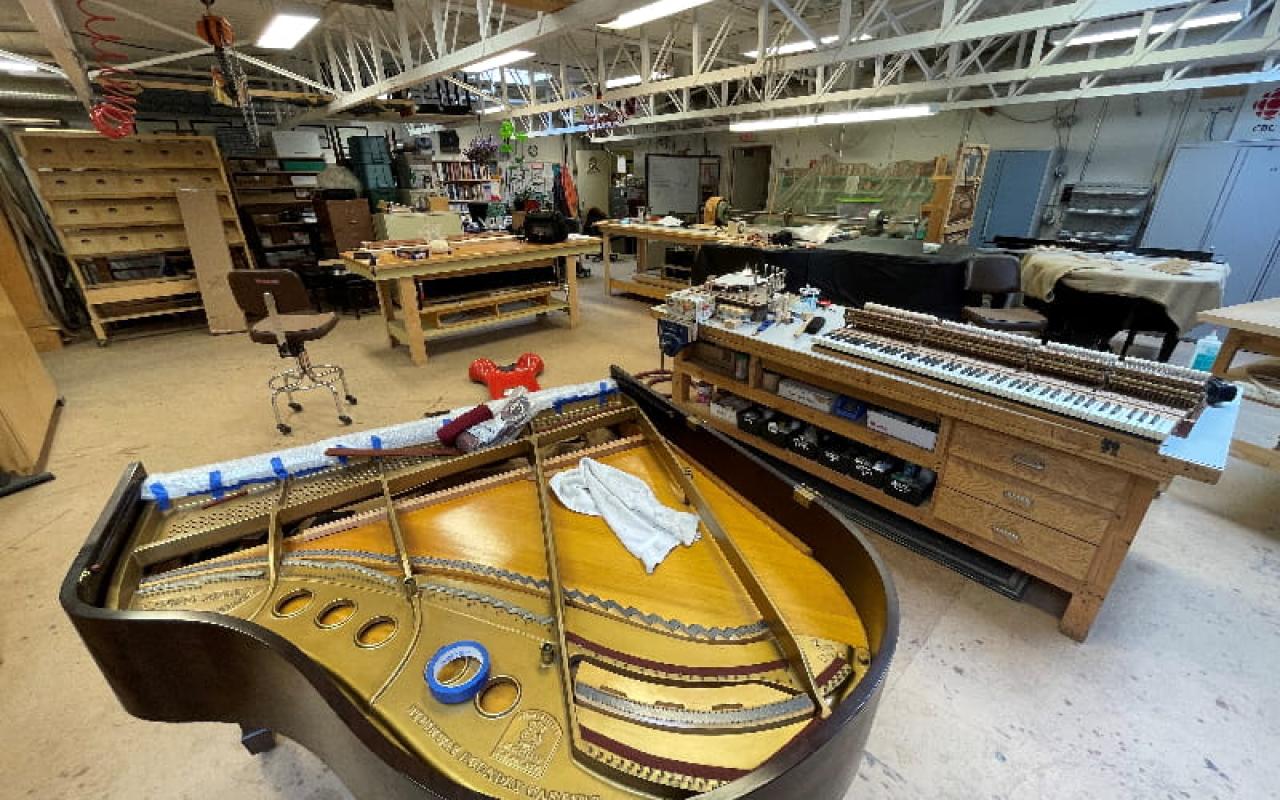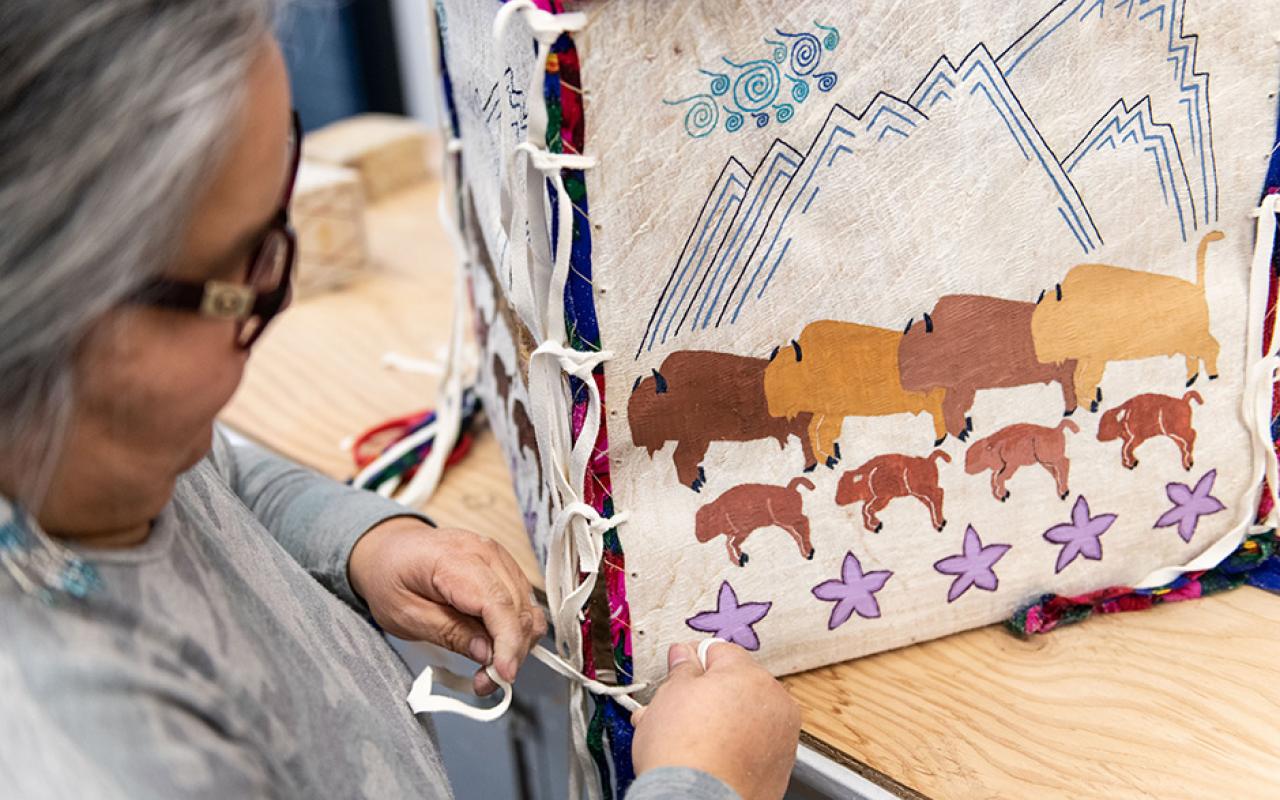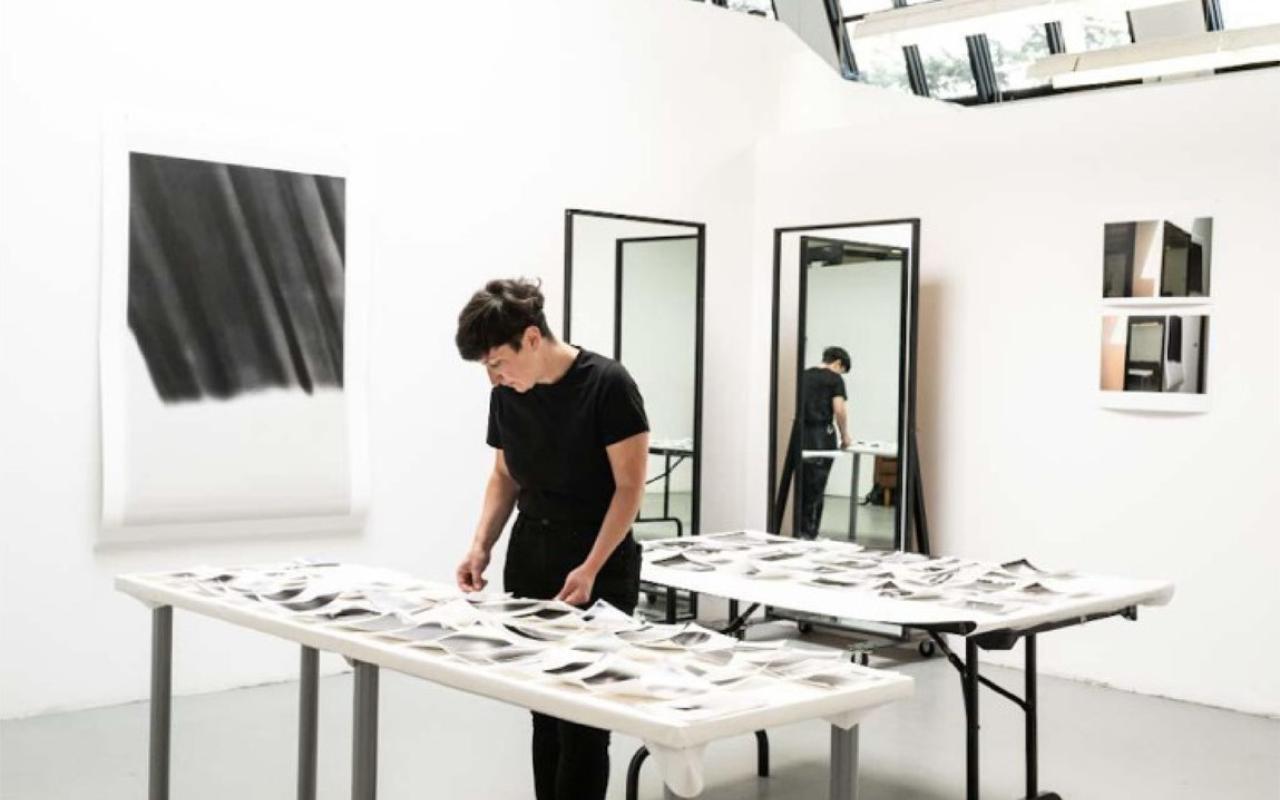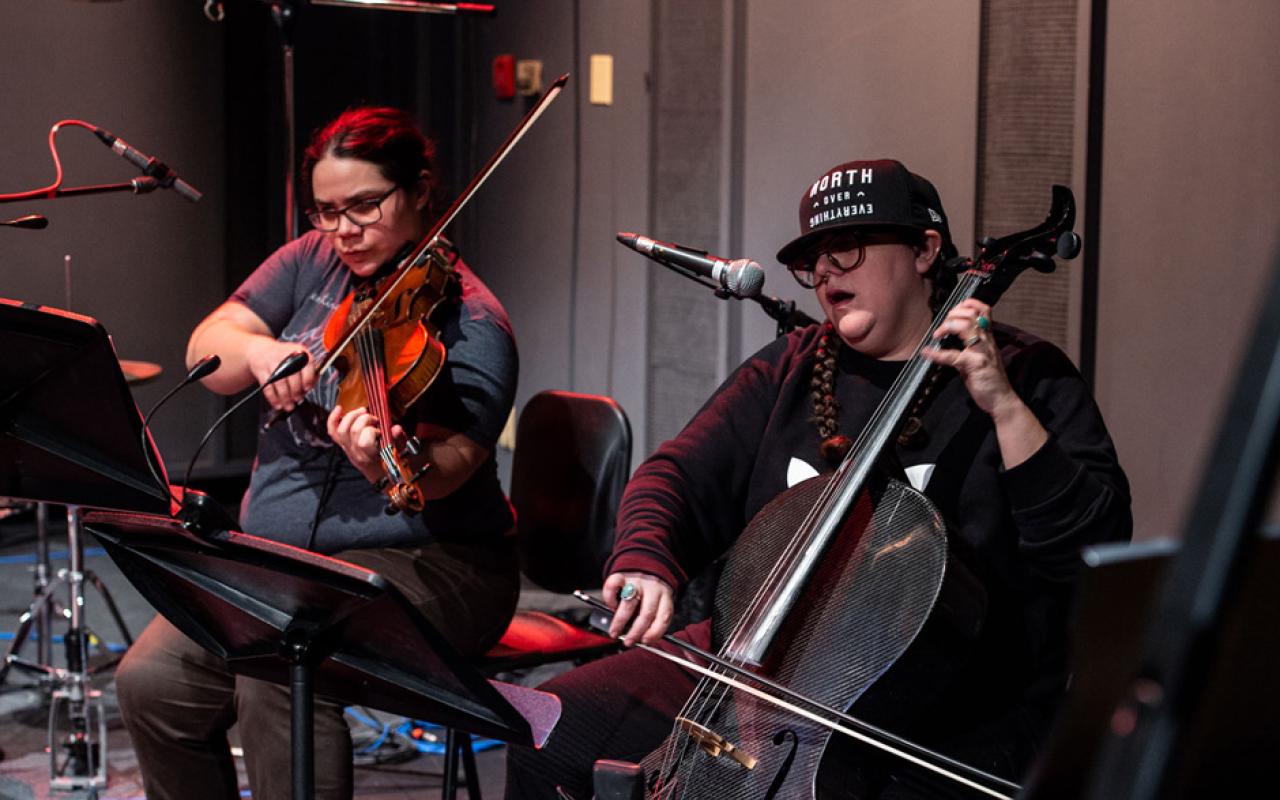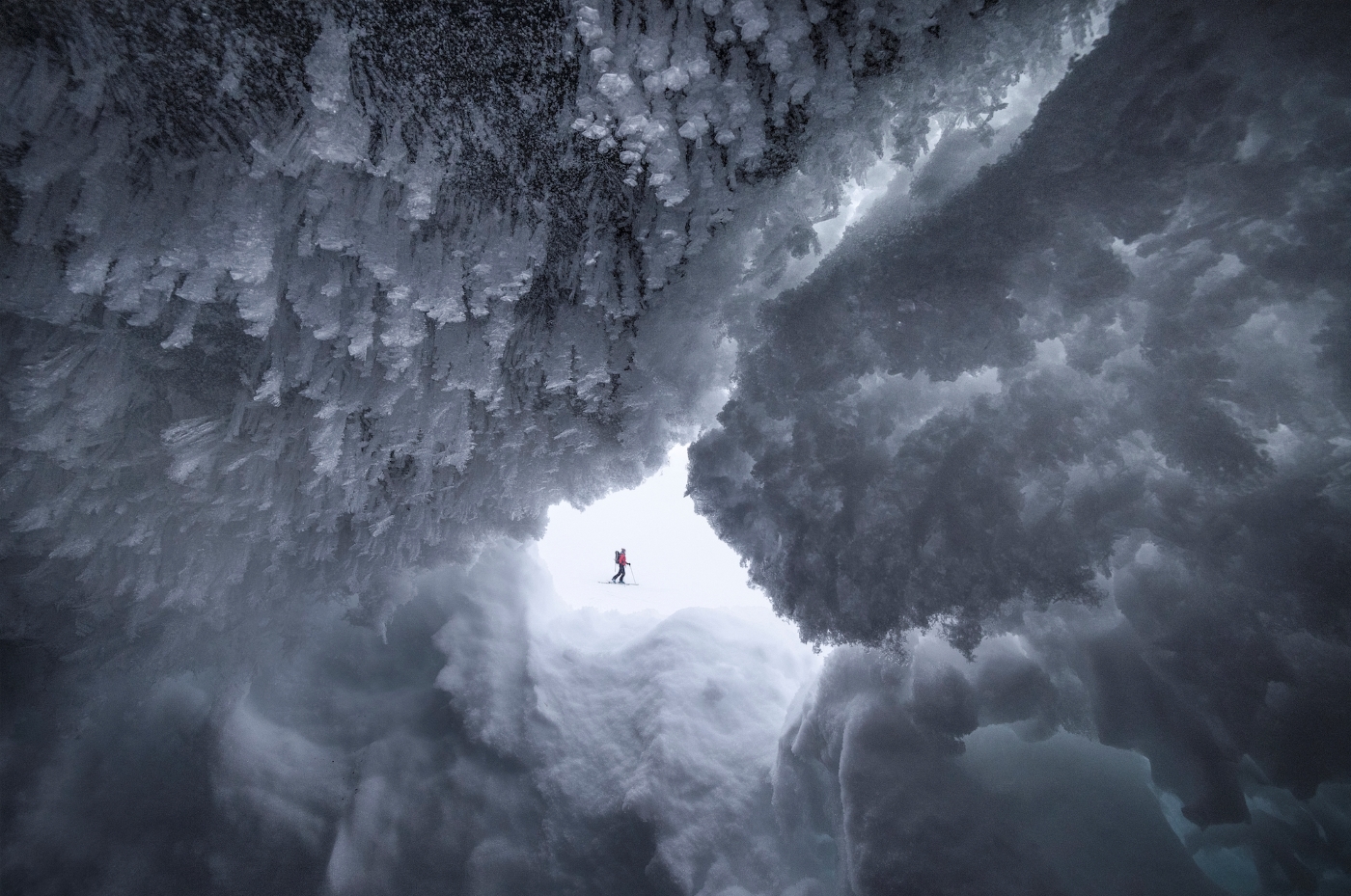Lou Sheppard, Dawn Chorus, Evensong (Bow River Valley), 2024
Double-sided risograph print on paper, 10.5 inches x 16 inches, open edition
This work is one element of Lou Sheppard’s Dawn Chorus, Evensong (Bow River Valley), 2024
Seven-channel audio installation comprised of seven 24-hour wav files (looped), 7 speakers, amplifier, media player and cabling; and accompanying double-sided risograph print on paper, 10.5 inches x 16 inches, open edition
Commissioned by Walter Phillips Gallery, Banff Centre for Arts and Creativity
P24 0008 M
Dawn Chorus, Evensong (Bow River Valley) consists of a seven-channel audio work and accompanying score in an open edition. This score in the form of a double-sided risograph print is included in Listening Devices, and as one element of the larger work functions as an invitation into experiences of considered listening on Sacred Buffalo Guardian Mountain where Banff Centre is located as well as a prompt for performance in the absence of the audio piece.
The risograph print is comprised of both a graphic score, where imagery is used in place of musical notation, and a text-based score on the verso. A gradient of colour spans the image, shifting from blue, to coral, to blue. This shift is reflective of the work’s relation to two specific times of day, dawn and dusk, both periods in a twenty-four-hour cycle when animal life is especially active in the forest. These times are also of sustained interest to artist Lou Sheppard in his practice in the sense that they can be considered queer times, when normative understandings of gender may be less constricting and space is opened for ways of being in the world beyond these constructions.
When installed, the audio work sounds for an hour at both 8 a.m. and 8 p.m., times that are intended to approximate the shifts between night and day. Experienced in the Shaw Amphitheatre, with the commissioned work present from August 9 to September 2, 2024, a single voice at a time is audible on each speaker, spatializing a chorus that sounds together and apart during both the one-hour activations as well as intermittently throughout the day. The audio work takes up the idea of the biophony, or sounds made by non-human organisms in a given environment, through an arrangement for human voice that when installed outdoors is heard alongside the vocalizations of creatures present in the Bow Valley; the rustle of leaves; the wind; and passing trains.
The sonic impact of human technologies on non-human creatures, such as when the sound of a plane disrupts the ability for frogs to hear one another, causing their calls to fall out of synch and leaving them more vulnerable to predation, informed the audio work and is referenced in the score. Concurrent vocalization at different moments throughout the piece imply the political nature of collective sounding during queer times of day, and ideas of concealment, refuge or strength within and through a chorus. Other images in the score point to sounds that one is invited to imagine. Three curving lines reference the idea of the geophony, described in the score as “sounds made by the earth and atmosphere,” and the seismic waves that would have formed the mountains. The risograph print also includes imagery of topographical maps of Sulphur and Rundle Mountains, and of the Banff townsite that are manipulated and layered, locating the work within this specific geographic context as well as recalling the resonant lines indicative of sound or reverberation. Whether encountering Dawn Chorus, Evensong (Bow River Valley) as an audio work or through the printed risograph, Sheppard invites us to consider how we might be with others who take both human and nonhuman forms. To quote the score:
A collection of sounds together—becomes a chorus. Singing: A call to listen.
Copies of the risograph print, Dawn Chorus, Evensong (Bow River Valley) are available at the Front Desk of the Paul D. Fleck Library and Archives by request for viewing during regular Library Hours.
Vocalists: Pamela Hart, Stewart Legere, Lou Sheppard and Stephanie Yee. The artist would like to thank Pamela Hart for her assistance and conversations about the project; Banff Centre for Arts and Creativity and staff Mimmo Maiolo, Tyler Jordan, Megan Feniak, Karen Howard and Jacqueline Bell.


